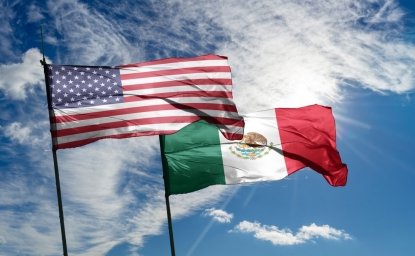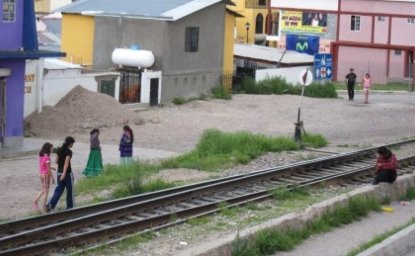The Dallas Morning News
As the senatorial Gang of Eight finalizes its immigration reform bill, it has become clear that border security will be a key, if contentious, part of any viable immigration proposal. In fact, it remains one of the few sticking points with the potential to derail the whole reform process. Yet despite having so much riding on improving border security, there is no clear definition of the term.
Statistics about drug smuggling, aspiring terrorists and unauthorized immigrants are naturally difficult to collect. In the absence of clear metrics to guide our border strategy and funding, we have given ever more resources to the Border Patrol, which operates in the areas between official border crossings. Comparatively little attention has been paid to the staffing, infrastructure and technology needs of ports of entry themselves, both leaving them less secure and undermining America’s economic competitiveness in the process.
A close reading of the senators’ framework gives the impression that the next round of strengthening border security might look a lot like previous rounds. That would be a mistake. Staffing and budgets for areas between the ports of entry have doubled since 2004 and are now at a level where even major increases would produce only marginal security gains.
Instead, greater attention should be placed on improving security and efficiency at official border crossings, where the greatest security risks actually are. Almost half of all unauthorized immigrants in the United States entered through official ports of entry with visas, only to lose legal status when their visas expired. Intelligence reports suggest that most hard drugs, like cocaine and methamphetamine, are trafficked through, rather than around, the official border crossings. While it is hard to predict the future strategies of terrorists, it is worth noting that all of the 9/11 attackers entered the U.S. through official ports of entry — though none at the U.S.-Mexico border.
Read more...





